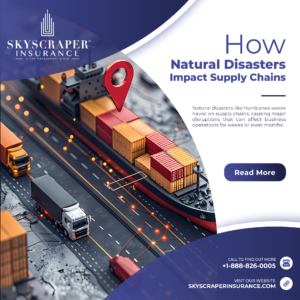Both rent and housing costs escalated in 2023, but rents are rising faster
“Affordable housing” is becoming almost an oxymoron for many American households, whether they seek to rent or buy. The cost of renting or buying a three-bedroom home gobbles up more than one-third of wages in most county-level housing markets, and in some cases much more, ATTOM’s 2024 Rental Affordability Report reveals.
In general, however, renting remains less expensive and consumes a smaller portion of average wages than owning in 274 (88%) of the 338 U.S. counties analyzed, the report found.
Both rent and housing costs escalated in 2023, but rents are rising faster in most counties.
“Continuously increasing home prices contribute to the escalation of rental costs, making both buying and renting properties a challenging endeavor across most of the United States,” said ATTOM CEO Rob Barber.
In 58% of the counties analyzed, rents rose more than average local wages. Even so, renting remains the more affordable option.
“Elevated home prices have become further and further out of reach for average workers, preventing those with marginal finances from obtaining mortgages and leaving them with few options other than renting,” the report stated. The rise in home prices was boosted by limited supply in 2023, even in the face of rising mortgage rates.
“Changes in three-bedroom rents commonly have ranged from 3 percent decreases to 15 percent increases while changes in median sale prices for single-family homes last year typically ranged from 3 percent losses to 7 percent gains,” it noted.
Even though rents rose in three-quarters of markets with populations of at least one million, their share of average local wages was still at least 10% lower than the cost of home ownership, including mortgages, property taxes and insurance. The biggest cost differentials were in Honolulu, where median three-bedroom rents swallowed 67% of average local wages but home ownership grabbed 134%.
Other counties with populations exceeding one million and wide differentials between three-bedroom rents and home payments as shares of household wages were Kings County (Brooklyn – 72% vs. 136%), Alameda County (Oakland – 51% vs 108%), Santa Clara County (San Jose – 29% vs 83%), and Orange County outside Los Angeles (88% vs 136%).
It was more economical to own than rent in only two counties – Riverside, CA (101% rent vs. 91% home payments) and Wayne, MI (22% vs 19%).
There were only 64 markets nationwide where three-bedroom rents would snatch up less than one third of average local wages. Of these, 59 were in the Midwest and South. The most affordable, at around 22% of household wages, were Birmingham, Detroit, Lansing, Flint and Shreveport.
At the other extreme, the least affordable three-bedroom units were also in the South as well as in California. Rents in Fort Myers, FL would consume 153% of wages. It was followed by Santa Barbara (131%), Monterey (107%) Vero Beach, FL (102%) and Riverside (101%).
For homebuyers, the biggest bang for the earnings buck came from Wayne County/Detroit (19% of average wages), Montgomery (21%), St Louis (23%), Bibb County/Macon, GA (23%), and Caddo Parish/Shreveport (23%). Among counties with at least one million inhabitants the most affordable were Allegheny/Pittsburgh (27%), Cuyahoga/Cleveland (27%), St. Louis (30%) and Harris/Houston (35%).
The most expensive counties to buy in were Marin outside San Francisco (164), Santa Cruz, CA (160%), Orange (136%), Kings/Brooklyn (136%) and Honolulu (134%).
Fortunately for some buyers, average weekly wages rose faster than home prices in 58% of the 338 counties studied – reversing the trend noted in 2023. The chief beneficiaries were Los Angeles, Chicago, Houston, Phoenix and San Diego. In 42% of counties, however, the reverse was true: median home prices are rising faster than average weekly wages. Most affected are Orange County, Kings/Brooklyn, Miami-Dade, Broward, and Middlesex outside Boston.




